Eggplant and tofu behave like sponges, absorbing any flavor that cooks together.
Therefore, they are delicious when cooked with Szechuan sauce, which is spicy and savory.
I will show you how to prepare this Szchua-style vegetarian dish, with a few variations in the recipe, and I will show you the details.
If you follow this recipe closely, you will reproduce the familiar flavor of eggplant tofu you have tasted at the Chinese restaurant.
Let’s get to the details right now.
Note: Eggplant is also called aubergine or brinjal.
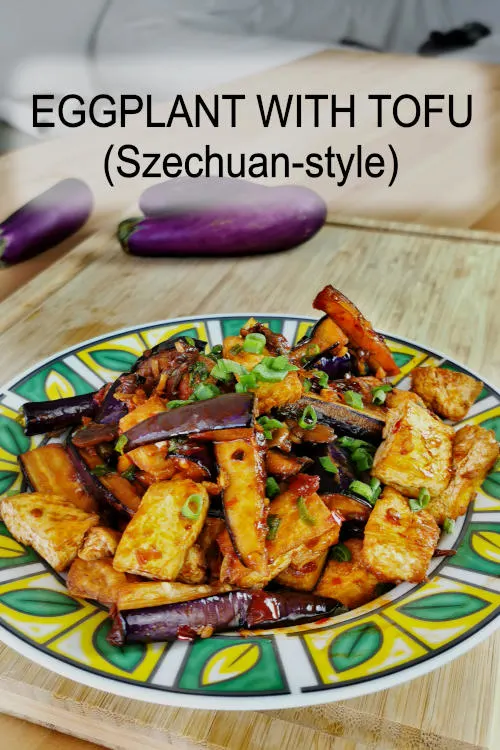
Note: This post may contain affiliate links. Please read my privacy policy for more info. I may receive commissions for purchases made through links in this post. As an Amazon Associate, I earn from qualifying purchases.
How to cook Szechuan-style eggplant and tofu
This eggplant tofu recipe is based on the popular braised eggplant with Chinese garlic sauce (鱼香茄子) with some variations. It is a vegetarian dish, but you can add some minced meat to enhance the flavor.
1. Technique to cook eggplants
a. Cut the eggplant
- Chinese Eggplant is preferred because it is less bitter. However, you can use Japanese eggplant or other Asian eggplants to cook this dish.
- Cut the eggplant into large sticks, about 2 inches in length.
- The flesh of the fresh eggplant will turn color after exposure to air. You can prevent this from happening by soaking it in water.
b. How to prep eggplant before cooking
It is tricky to cook eggplant because it can quickly become soggy and lose its vibrant, purplish color. However, you can use the following steps to overcome this problem:
- First, add salt and vinegar to the eggplant pieces and mix well.
- After ten minutes, the salt will draw moisture from the spongy texture of the eggplants.
- Next, place the eggplant pieces in a single layer on paper towels to remove the excess moisture.
This step helps to make the eggplants less bitter and less likely to become soggy, even if they are overcooked. In addition, vinegar lowers the pH and helps retain the eggplant’s color.
c. Two ways to cook the eggplants
You can choose to steam or deep-fry the eggplants.
- Steam the eggplants over high heat. They will become soft but not soggy after steaming for ten to fifteen minutes. This method is healthier than deep-frying, but the eggplants will lose their bright color due to prolonged steaming. Therefore, I choose this method if I cook at home since healthy cooking is more important than presentation.
- Deep-fried eggplant for two minutes is the best way to retain the bright, purplish color of the eggplants. The eggplants will become slightly oily, but you will keep the eggplant’s bright, purplish color. I will use this method to prepare when I cook it in my restaurant. Place the fried eggplants on a paper towel to remove the excess oil.
Note:
- You can reduce the oiliness of the deep-fried eggplants by coating them with egg whites and cornstarch. They act as a barrier to prevent the eggplants from absorbing oil.
- The oil suitable for deep-frying is palm, corn, peanut, or any oil with a high smoking point.
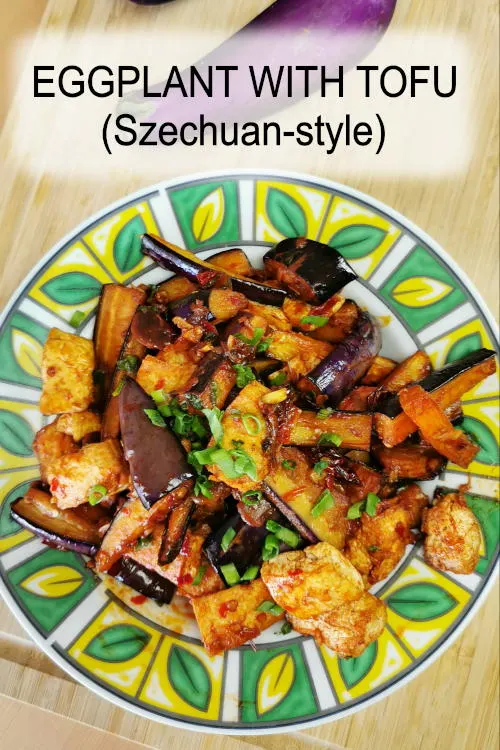
2. How to cook the tofu
Extra firm tofu is best for this recipe since it will not break easily.
I prefer cutting the tofu into one-inch pieces as they look better than small pieces. In addition, bigger pieces are less likely to break during handling.
I also use different methods to cook the tofu, just like the eggplants:
- Deep-frying the tofu in oil at medium-high heat until golden brown is the preferred method for the restaurant because it is quick and tasty. The oil must be hot so that the surface of the tofu will crisp up quickly, forming a ‘skin’ to protect the soft texture inside. There is no need to use any starch or flour to coat the tofu. The tofu will become crispy and golden brown without any coating. Remove the tofu from the oil with a slotted spoon. Place the crispy tofu on a paper towel to remove the excess oil.
- Pat dry the tofu, then coat with cornstarch and pan-fry with some oil with a non-stick pan. The cornstarch helps to crisp up the tofu and hold it in shape, but it is not as tasty as deep-fried tofu. However, pan fry involves less oil, which means it can be the choice for a healthier meal.
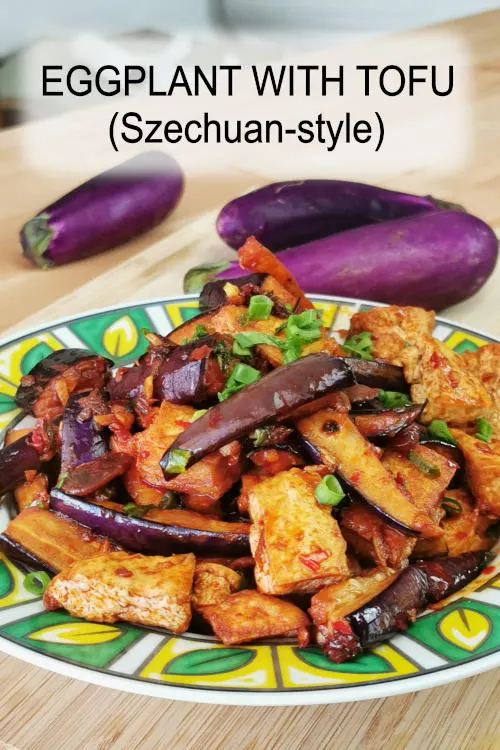
3. How to prepare the Sichuan yu-heong sauce
Since the flavors of eggplant and tofu are relatively mild, it is logical to cook them with a sauce with a rich flavor.
Many Szechuan dishes are also prepared with the sauce I make in this recipe. This sauce is the base flavor for many Sichuan-style stir-fry recipes.
The ingredients are Szechuan chili bean paste, oyster sauce, Chinkiang vinegar, sugar, Shaoxing wine, and sesame oil. Place all the ingredients in a small bowl and mix thoroughly in advance. Otherwise, add them separately while stir-frying the eggplants and tofu.
Note:
- Dry sherry is the substitute for Shaoxing wine if unavailable.
- Chinkiang vinegar 镇江醋 is most suitable for this dish. Otherwise, you can use other rice vinegar as a substitute.
- You can add some Szechuan chili oil to the sauce if you prefer it spicier.
- I do not use soy sauce, as most of the flavor is from the chili bean paste.
- These ingredients are available at most grocery stores or your favorite Asian market.
4. Stir-fry the eggplant and tofu with the sauce
Once you have prepared and cooked the eggplants and tofu and prepared the sauce, the remaining work is to combine them with a quick stir-fry.
Here are the steps:
- Cut some green onion (spring onion) into rings. Separate the green and white parts.
- Cut two dried chilies and remove the seeds. Red bell pepper is the substitute if you prefer less spicy.
- Heat some oil in a wok or a large skillet. Stir-fry the chopped garlic, ginger, dried chilies, and white part of the spring onion until aromatic.
- Add the sauce and wait until it returns to a boil.
- Return the eggplant cubes (steamed or deep-fried) and tofu (deep-fried or pan-fried) to the wok.
- Stir-fry over medium heat for half a minute.
- Sprinkle some spring onions to serve. You may also want to sprinkle some toasted white sesame seeds and red pepper flakes, which are optional.
The Sichuan-style eggplant with tofu has a strong flavor and is best served with white rice. It is suitable as the main or side dish.
Other Chinese dishes you may like
If you like this Szechuan-style eggplant recipe, please try other Sichuan cuisine on this food blog. Here are my picks:
- Mapo tofu has a bursting and mouth-numbing flavor that you must try. Don’t miss out if you like hot and spicy dishes.
- Hot and sour soup. The ultimate Szechuan-style soup. A must-order dish in the Szechuan restaurant, which you can make by following this step-by-step guide.
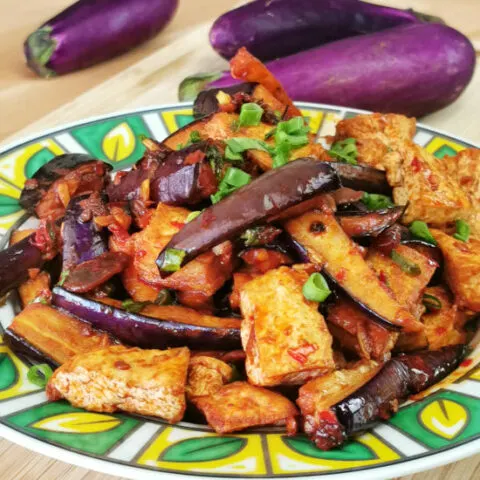
Eggplant with tofu (Szechuan-style)
This recipe explains the detailed steps on how to prepare eggplant with tofu. Find out the different ways to prepare: deep-fry, pan-fry or steam.
Ingredients
Main ingredients (a)
- 400 g of eggplants
- 300 g of firm tofu
Other ingredients (b)
- 1 tbsp of chopped spring onion
- 1 tbsp of chopped garlic
- 1 tbsp of chopped ginger
- 2 dried chilies, cut and remove the seeds
- Toasted white sesame and chili flakes (garnish, optional)
- Vegetable oil for frying
Seasonings (c)
Instructions
- Cut the eggplant into large sticks, about 2 inches in length.
- Add salt and vinegar to the eggplant pieces and mix well.
- After ten minutes, place the eggplant pieces single layer on paper towels to remove the excess moisture.
- Cut the eggplant into large strips, then seep-fried for two minutes over medium heat. (Please refer to the text if you want to steam the eggplant).
- Cut the tofu into one-inch pieces, then deep-fry the tofu in oil at medium-high heat until golden brown. Set aside. (Please refer to the text if you want to pan-fry the tofu).
- Combine the seasonings (c) in a small bowl.
- Heat some oil in the wok. Stir-fry the chopped garlic, ginger, dried chilies, and white part of the spring onion until aromatic.
- Add the sauce and wait until it returns to a boil.
- Return the eggplant cubes and tofu to the wok.
- Stir-fry over medium heat for half a minute.
- Sprinkle some spring onions to serve.
Recommended Products
As an Amazon Associate and member of other affiliate programs, I earn from qualifying purchases.
Nutrition Information:
Yield: 3 Serving Size: 1Amount Per Serving: Calories: 228Total Fat: 11gSaturated Fat: 2gTrans Fat: 0gUnsaturated Fat: 9gCholesterol: 0mgSodium: 370mgCarbohydrates: 23gFiber: 6gSugar: 8gProtein: 13g
This data was provided and calculated by Nutritionix on 26/8/2022

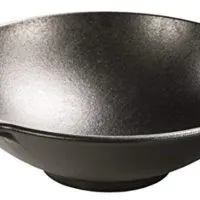
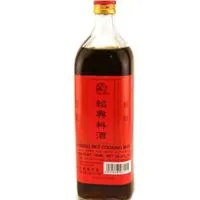
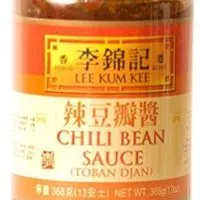
Michael D
Saturday 20th of July 2024
You mention putting the cut eggplant in water to prevent oxidation. When is the salt and vinegar added? With the water bath or after. Or are the salt and vinegar tased in place of the water bath? And how much salt and vinegar is to be used. Otherwise I look forward to preparing this dish with my home grown Asian eggplant. No
KP Kwan
Saturday 20th of July 2024
Sorry for any confusion in my previous explanation. If you use one or two eggplants, I will add a teaspoon of salt and a tablespoon of vinegar. Next, mix the salt and vinegar together with the eggplant, and then add a little bit of water to dissolve the salt and vinegar. After that, let it sit for 10 to 15 minutes, and then rinse off the excess salt and water.
Ana
Wednesday 28th of September 2022
Hi KP! I just made this and it’s delicious! I admit I substituted miso for the chili bean paste as my kids don’t tolerate spicy food very much. But it’s still so good. I used the home cooking methods you mentioned for eggplant and tofu to keep them healthier. Thank you for a great recipe!
KP Kwan
Saturday 27th of August 2022
Hi, this is KP Kwan. I am happy to see you in this comment area, as you have read through my recipe. I am glad to reply to any questions and comments as soon as possible.
Josefa
Monday 26th of September 2022
@KP Kwan, I lived in Malaysia for some time in the nineteeth but have not come across Kaya bread. How do you eat it? Dip the sandwhich in the Egg? Thank you for this wonderful Blog - it brings back wonderful memories....